The border collie is a medium-sized herding dog of British origin. These dogs are also commonly referred to as collies, sheepdogs, or Scotch sheepdogs.
Border collies are intelligent, trainable, affectionate, active, playful, and highly adaptable. This breed is ideal for single people, families with children and/or other dogs, and apartment living, provided that the dogs’ high exercise needs can be met.
Border collies typically cost $800–$1,500, but pedigree puppies cost $3,500 or more.
TABLE OF CONTENTS
Border Collie Characteristics & Overview
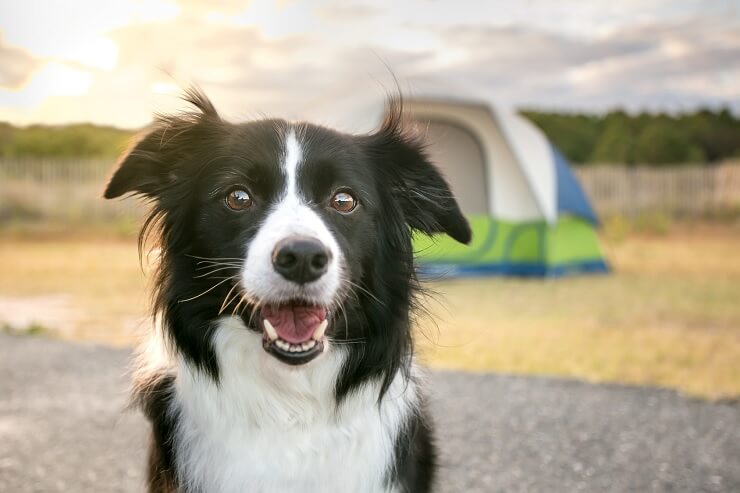
From Adobe Stock
| Common names: | Border collie, collie, Scotch sheepdog, sheepdog |
| Origin: | Britain |
| Breed group: | Herding dog |
| Size: | Medium |
| Height: | 18–22 inches |
| Weight: | 27–45 pounds |
| Colors: | Solid color, bicolor, tricolor, or merle with the most popular coloring being black with tan points and white blazing on the head |
| Coat: | Double coat, short or medium length |
| Life expectancy: | 12–15 years |
| Temperament: | Playful, intelligent, trainable, friendly, energetic, and loyal |
| Shedding: | Moderate |
| Barking tendency: | High |
| Cost: | $800–$3,500 |
Origin & Purpose
The origin and purpose of border collies date back to C.E. 43 when Roman emperor Claudius invaded and conquered what’s now known as Britain. The Romans brought their herding dogs with them to herd and guard livestock.
Then in C.E. 793, the Vikings started invading Britain and brought along sheepdogs which were a kind of spitz herder.
The Roman dogs were crossed with the Viking spitzes, producing a border collie that was small, and fast enough to herd sheep in the Scottish highlands and along the Scottish-English border.
Lifespan
The border collie has an average lifespan of 12–15 years, provided the puppy has health clearances for common health conditions. Other factors that affect a border collie’s life expectancy include nutrition, physical and mental stimulation, and injuries.
Border Collie Appearance
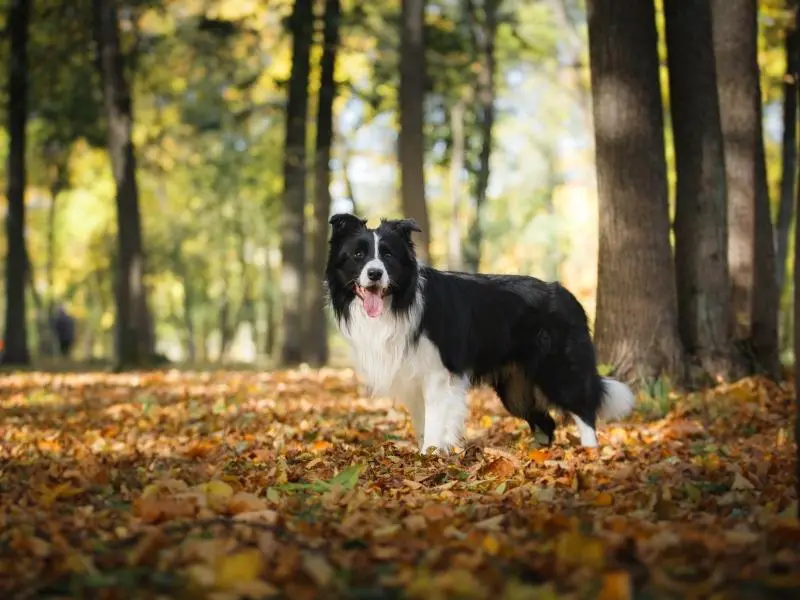
From Adobe Stock
Border collies are medium-sized dogs that have a double coat, which comes in two different types. These dogs’ coats range in color, from black, blue, and brindle, to red, lilac, slate, and gold.
A border collie’s coat can be one solid color, two colors, three colors, or merle, which is when the coat has irregular patches of several colors.
Some border collies have white markings, tan points, ticking, brindle points, or a combination of any of these.
Height and Weight
Border collies are considered medium-sized dogs, with height at the withers of 18–22 inches, and a weight of 27–45 pounds.
On average, male border collies weigh 31–45 pounds and are 19–22 inches tall at the shoulder, while females weigh slightly less at 27–42 pounds, and are shorter, at 18–21 inches at the shoulder.
At birth, a border collie puppy weighs 7–14 ounces and a six-week-old puppy weighs 3–6 pounds. A six-month-old pup weighs 13–26 pounds.
Colors
Border collies are typically black and white, merle, or blue. While the coat of a border collie can be almost any color and have markings or patterns, the most popular color patterns are black-and-white bicolored or black-tan-and-white tricolored.
The standard colors of border collies are:
- Single or solid colors: Black, blue, brindle, gold, red, sable, seal, lilac, or slate
- Bicolors: White and seal, white and blue, white and black, white and gold, white and red, or white and blue merle
- Tricolors: Saddleback sable, black tri, tan tri, lilac tri, or white tri, or slate merle
- Merle colors: blue, sable, red, white and blue, white and red
- White ticked
The standard markings of border collies are:
- White tickings
- Merle markings
- Tan points
- Tan points and white markings
- Ticked and white markings
- White markings, tan markings, and ticked
- Brindle points and white markings
- White markings, brindle points, and ticked
Brindle-patterned border collies aren’t common, and neither are border collies with blue, lilac, red, or red- or blue-colored merle coats.
The rarest color of this breed is a white border collie or lethal white. However, white border collies are “defective” because it’s likely that these dogs will be deaf and/or blind.
Coat
Border collies have two types of double coats: a smooth short coat and a rough medium coat. The rough, medium-coated border collie also has feathering on its chest, belly, and legs, while the smooth-coated collie has minimal feathering.
The breed’s double coat consists of two layers: a soft, dense undercoat with short hairs to protect the border collie from extreme temperatures, and a coarse topcoat with medium guard hairs to repel dirt and moisture.
Border collies have a medium shedding tendency all year round, and shedding increases during fall and spring as these dogs shed their coat to grow a heavier or lighter coat for the approaching colder or warmer months.
Eye Color
Border collies have oval-shaped eyes that are brown or blue. However, merle border collies may have eyes that are each a different color.
A border collie’s eyes always appear to be focused and alert, a trait that’s essential as a herding dog.
Personality and Temperament
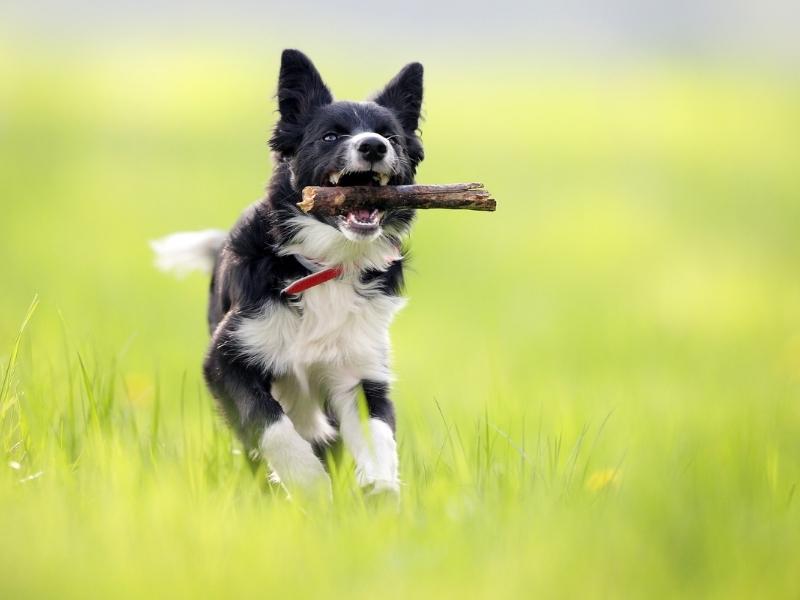
From Adobe Stock
A border collie is smart, full of energy, highly trainable, loyal, friendly, and affectionate. The breed was created to herd livestock, and this instinct may become apparent when a border collie herds other pets or even young children in a household.
Proper socializing from a young age can help curb the breed’s herding desire.
Stanley Cohen, a professor of psychology at a US university, ranked border collies as the most intelligent dog breed in his book, The Intelligence of Dogs.
As such, border collies need a lot of mental stimulation, and these dogs are happiest when they have a task to do. When bored, border collies find their own tasks like digging, barking, and chewing holes in carpets.
A border collie also needs lots of exercise, and this dog thrives in households where it can play and have its exercise needs met. A border collie isn’t a suitable dog for chaotic households because this breed prefers order and routine.
Barking
Border collies are a vocal dog breed, and bark when visually stimulated. This means border collies bark when anything moves, which is part of the dog’s herding instinct to get livestock to move or join the herd. This dog also barks to get attention or when it’s excited, bored, curious, playful, or lonely.
Use the border collie’s intelligence and eager-to-please personality to teach the dog when barking is appropriate and when it isn’t.
Border Collie Care
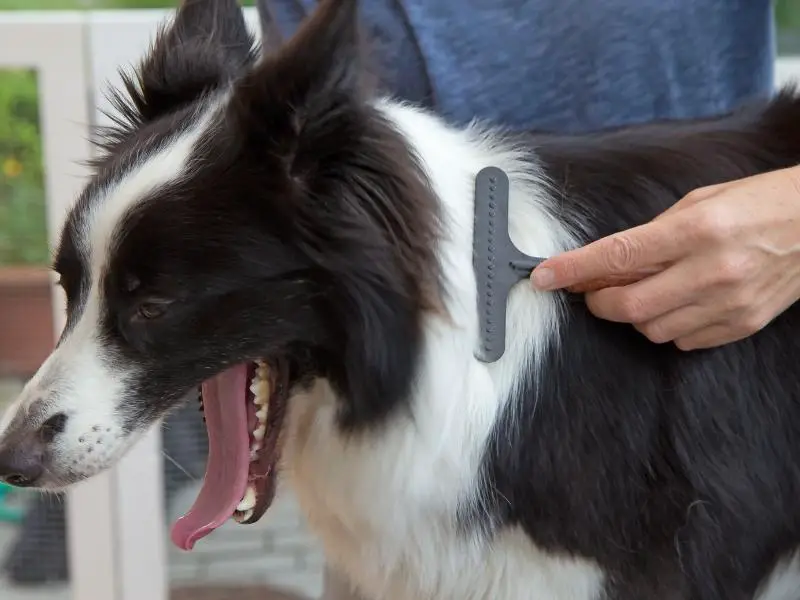
From Adobe Stock
Caring for a border collie is relatively easy as long as the dog’s physical, mental, social, and nutritional needs are met. Otherwise, this breed can be quite a handful.
Food Needs
Active adult border collies should eat 1.5–2 cups of high-quality dry dog food per day. These dogs will eat more or less food depending on the dog’s age and activity level.
Divide the per-day amount into two and slow-feed or puzzle-feed the border collie in the morning and late afternoon.
Depending on whether or not the dog has food allergies, a border collie can also eat a mixed dry-wet diet, only wet food, or a raw diet like home-prepared meals or biologically appropriate raw food.
Border collies are prone to food allergies such as: wheat, dairy, eggs, soy, chicken, and lamb. Avoid feeding a collie these foods from the kitchen, and avoid buying food with these ingredients listed on the label.
Feeding the collie various proteins, including novelty proteins like venison, ensures the dog doesn’t become allergic to common protein sources.
Grooming Needs
Border collies are medium shedders. Work border collies can be brushed once a week to remove tangles from their coats and home-based collies require daily brushing to maintain hygiene.
Bathing should only be done when needed to preserve the coat’s natural pH balance and the dog’s necessary skin oils.
Check your collie’s ears weekly for signs of ear infection such as scales, redness, or smells. Clean the ears with a vet-approved ear cleaning solution.
Exercise Needs
While the average dog requires about 90 minutes of exercise including running, playing, and walking per day, a border collie may need a lot more.
Border collies do best in large yards or in neighborhoods with large dog parks where their owner can play with the dogs daily. Small apartments are not ideal for this breed as it will feel cramped and get bored.
Mental Needs
A border collie requires a lot of mental stimulation to keep from getting bored. Border collies, especially puppies, are playful and if they don’t receive regular stimulation — with new toys, games, playtime with dog friends, and proper training — this breed can become destructive.
Common Health Concerns
Border collies have several common health issues that the breed shares with other large-breed dogs.
Hip Dysplasia
Ensure your collie is from a bloodline that has been screened negative for hereditary hip dysplasia. Parents with this condition will pass the issue onto their puppies.
Progressive Retinal Atrophy (PRA)
Border collies may have brown or blue eyes, but either eye color is susceptible to PRA and a condition known as collie eye anomaly (CEA).
These conditions cause blindness and affected border collies will be scared to go out at night, nervous in the dark, and bump into things because the dogs can’t see. As PRA progresses, the dog’s pupils are more dilated.
Osteochondritis Dissecans (OCD)
Overfeeding and feeding border collies foods too high in protein content can cause OCD, which is an improper cartilage growth in the elbow joints.
In collies, this causes joint stiffening and immobility. Treatment for OCD depends on the severity of the condition.
For a minor cartilage crack, treatment will include rest, activity restriction, and joint health medication. Surgery is the main treatment for a big cartilage defect.
OCD can be prevented by feeding a balanced diet and not letting puppies exercise on hard surfaces or jump off furniture before their bones have matured.
Training
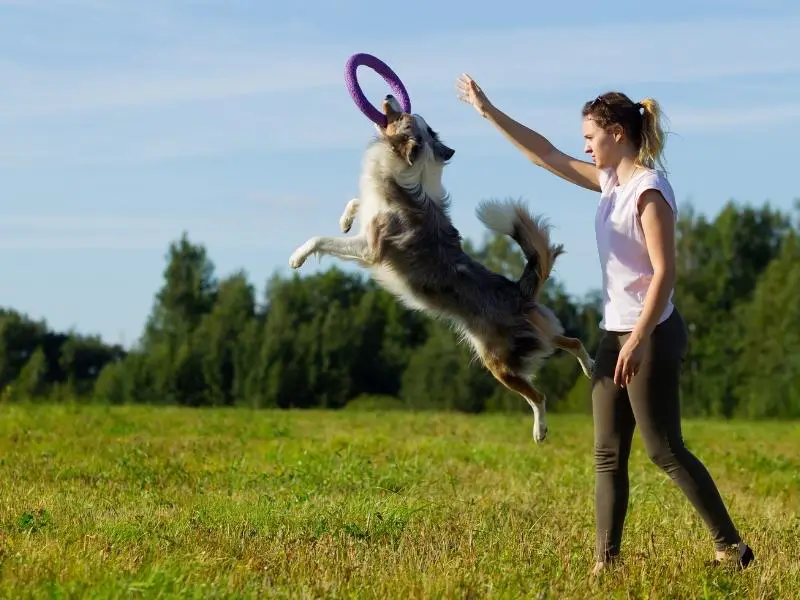
From Adobe Stock
Training your border collie in the basics of discipline involves teaching them commands like “sit,” “stay,” and “no.” These essential commands will help your border collie listen to you, follow your instructions, and stay disciplined so it doesn’t become destructive.
Optimize the collie’s herding instinct by playing games like fetch, catch, and search. Puppies need basic training to help control their exuberance and herd training also provides an opportunity for puppies to bond with their owners.
If you are training a border collie to become a working dog, you’ll need expert training to maximize the breed’s herding instinct.
Border Collie Price
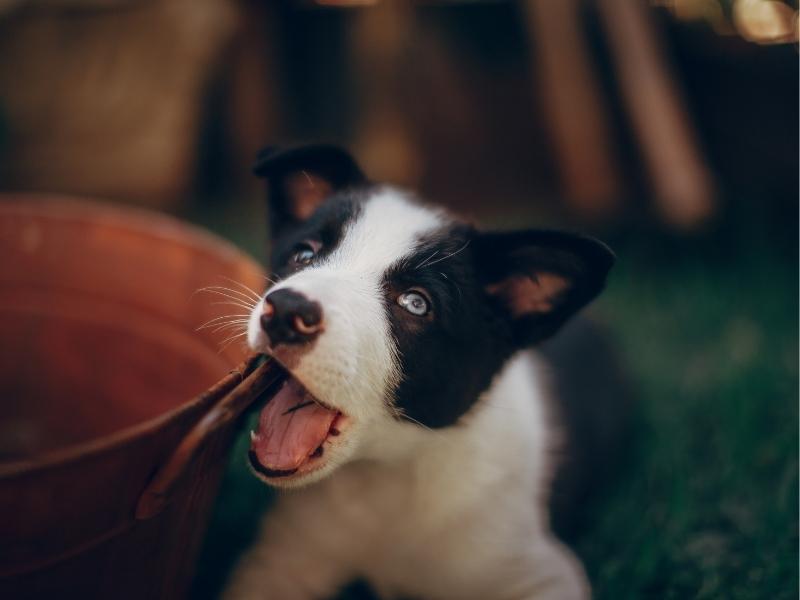
From Adobe Stock
The cost of purchasing a border collie depends on whether you are buying a dog with a pedigree from a breeder or buying a “backyard” breeding pup. You may also consider adopting a border collie from a shelter.
Due to the border collie’s active nature, people often hand over border collie puppies or year-old border collies to shelters.
How Much Is a Border Collie?
A border collie typically costs $3,500 or more for a pedigree puppy, dogs sold for breeding, dogs trained for work, or show dogs. Buying a non-pedigree collie from a reputable breeder costs $800–$1,500 or less if purchased from a casual breeder.
How Much Does it Cost to Own a Border Collie?
On average, a border collie owner will pay $1,300–$3,000 in their first year for training, food, vet costs, and other supplies.
Aside from the cost of purchasing a border collie, there are other costs that come with owning a border collie, including annual vet checks, grooming costs, and feeding costs.
Is a Border Collie Right for You?
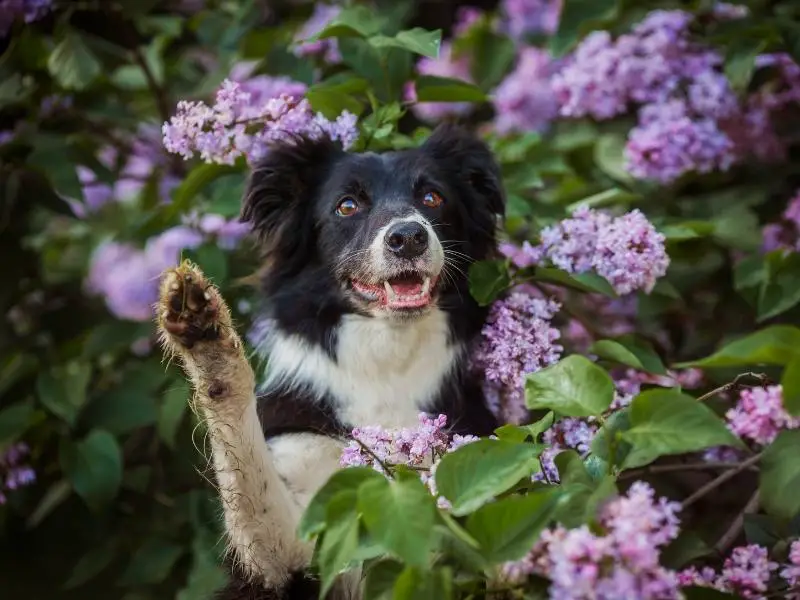
From Adobe Stock
A border collie is a working dog, and like the German shepherd, this breed should have a purpose like herding sheep, protecting, or hunting. When a border collie becomes bored or feels lonely, the dog may become destructive.
To be a responsible border collie owner, you need to be home enough to play with the dog, take it for walks, and spend time with it. Border collies aren’t for everyone.
Who Should Get A Border Collie?
If you have an active lifestyle and love running or cycling, a border collie is a perfect match for you. Those who love the outdoors, practice the homesteading lifestyle, or often go to parks will love the energy and enthusiasm that border collies show.
These dogs love to chase after toys and play with other dogs — any physical activity pleases this breed.
Teenage children, people in their 20s to 50s who are physically active and outgoing, and those with an active lifestyle will enjoy a border collie’s company.
Who Shouldn’t Get A Border Collie?
Border collies are energetic dogs, so they aren’t well suited to the elderly, people with sedentary lifestyles, or very young children.
If you live in an apartment or otherwise small space residence, border collies aren’t for you either. Dogs of this breed need stimulation, exercise, and space.
Border Collie Mixes
Just like this breed, border collie crossbreeds are intelligent, playful, and affecitionate. These border collie mixes might interest you:

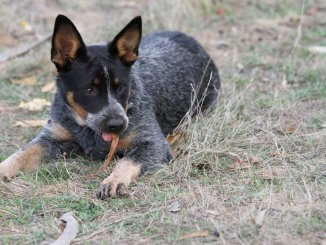
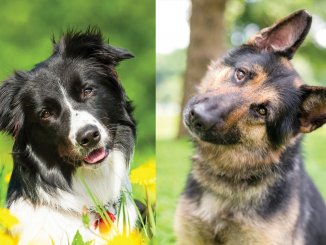




Beautiful and informative article. I have learned a great deal of how to care for my Border Collie. Thank you. I will put to use this info.